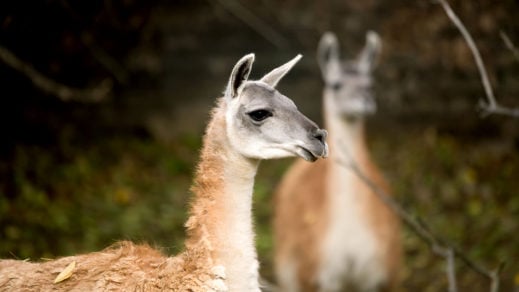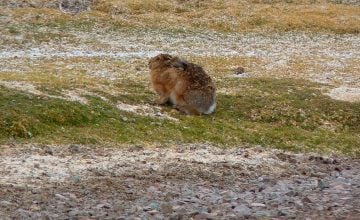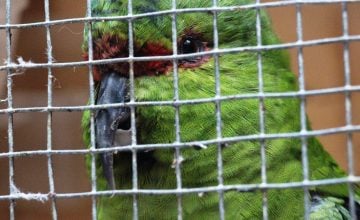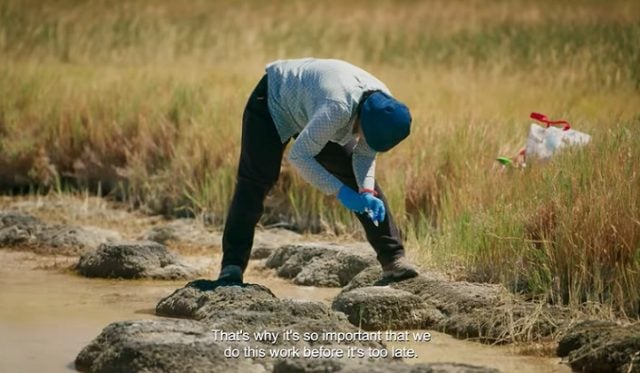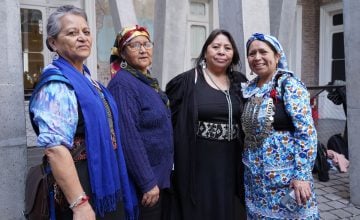Chile has kicked off a first-of-its-kind effort to restore guanaco populations in the Andes above Santiago, moving 16 guanacos from the El Trapiche estate in Longotoma, La Ligua, to three nature sanctuaries in the Metropolitan Region. The initiative will establish breeding centers to raise animals for later release into the wild.
This pilot is part of a public–private program of planned guanaco releases in strategic areas over the medium term, designed to complement the natural expansion and growth of wild herds already present in the region.
Specifically, the project aims to reintroduce guanacos across the Santiago mountain range to help restore high-Andean ecosystems, stimulate nature-based tourism, support scientific research through monitoring and censuses, and identify and mitigate threats to the species.
Project director Benito A. González (Faculty of Forest Sciences and Natural Conservation, University of Chile) noted that “the guanaco plays a fundamental role in the dynamics of high-Andean ecosystems. Its presence not only enriches biodiversity, but also helps sustain wet meadows, grasslands, and wetlands—fragile habitats that depend on this species.”
He added that this effort “marks a milestone in restoring the ecological function of a keystone species in central Chile.”
Importance of the Sanctuaries
Within this project, nature sanctuaries play a pivotal role. Two of them form part of a nearly 200,000-hectare continuous landscape that links the Andean sectors of San José de Maipo and Lo Barnechea with Argentina’s protected areas Volcán Tupungato and Laguna del Diamante—creating a vital transboundary corridor for the migratory guanaco.
“This is a decisive step to prevent the local extinction of the guanaco in central Chile. We aim not only to boost their numbers, but to restore their role as a keystone species in the regeneration of high-Andean wet meadows, wetlands, and grasslands, and in conserving emblematic species such as the puma and the condor,” emphasized Sara Larraín, president of the Metropolitan Region Sanctuary Network.
In the first stage, the San Francisco de Lagunillas and Cascada de las Ánimas sanctuaries will host the females, while the males were transferred to a transition facility at the El Plomo Sanctuary in Tiltil.
Later, the animals will be brought together in groups composed of one male, a set of females, and juveniles, and placed in habitats within their historical range that allow them to thrive and develop the natural behaviors and social skills of the species.
The breeding centers will feature perimeter and internal fencing, a nursery area, support storage, and continuous monitoring to address threats from dogs, pumas, and foxes. They will also have trained, specialized caretakers and cameras for research, surveillance, and the welfare of the guanacos.
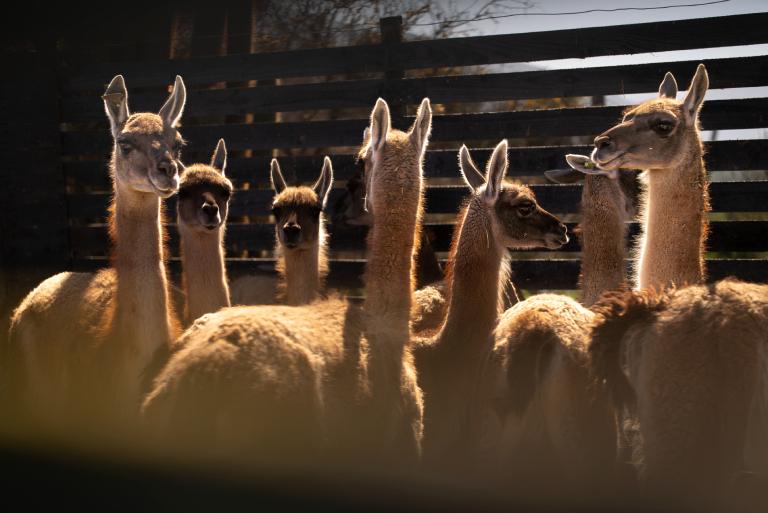
Read more:
El Ciudadano
